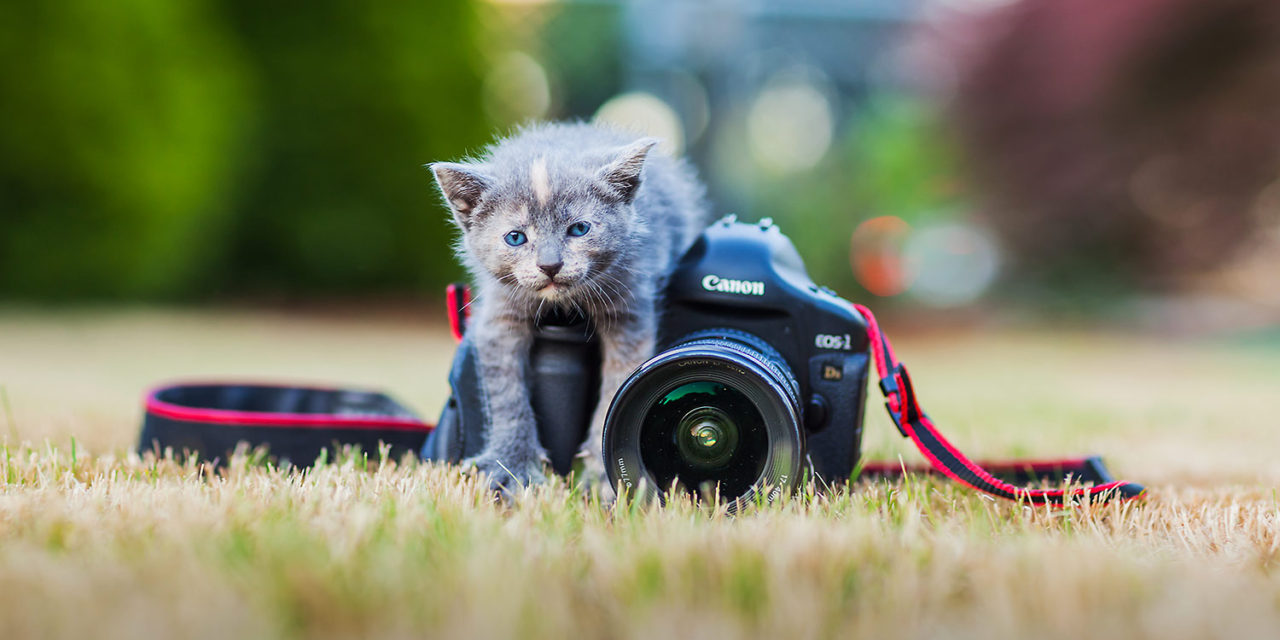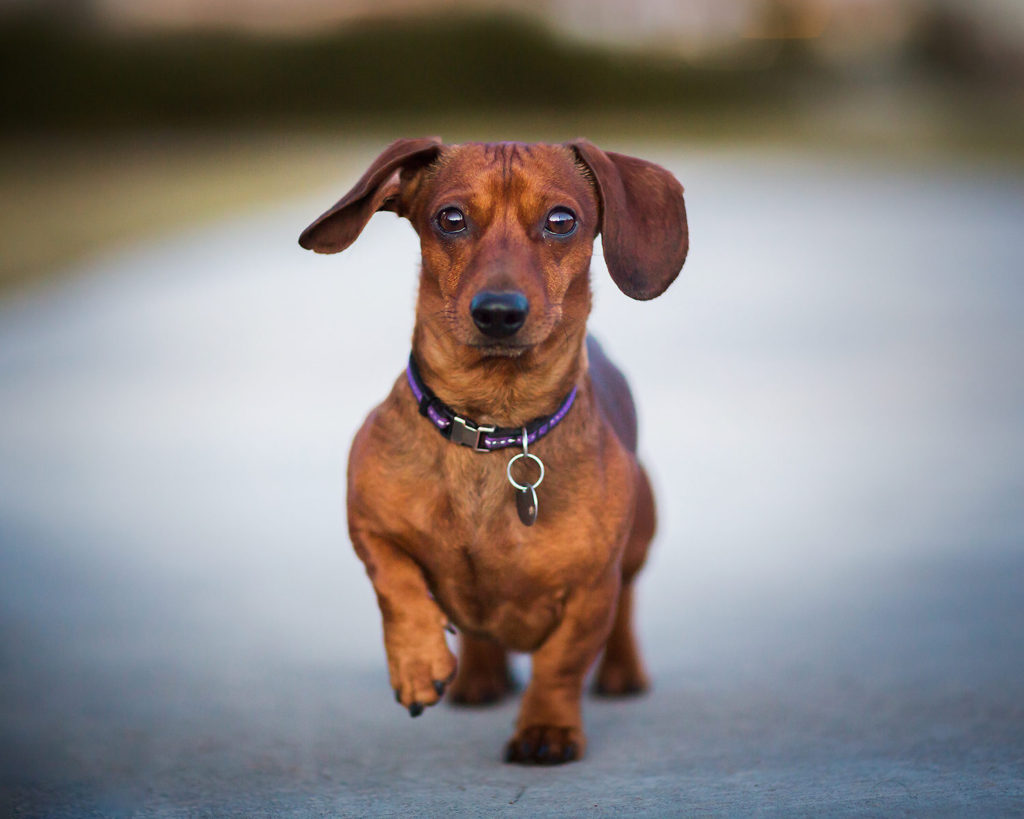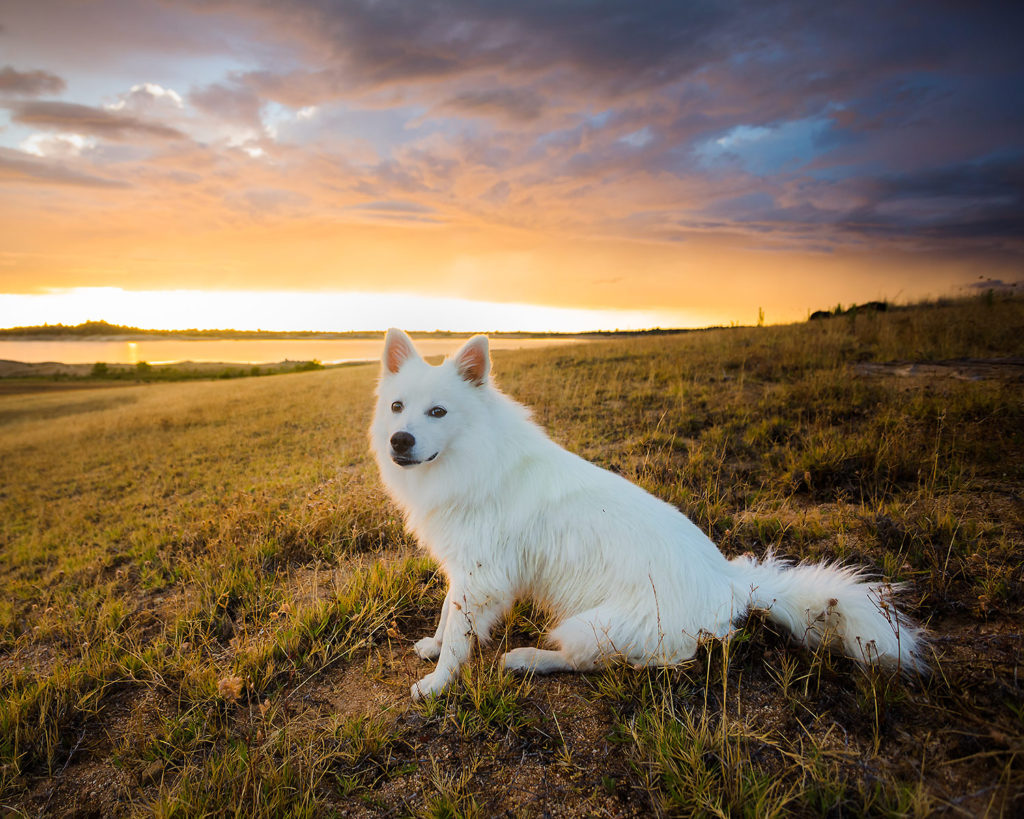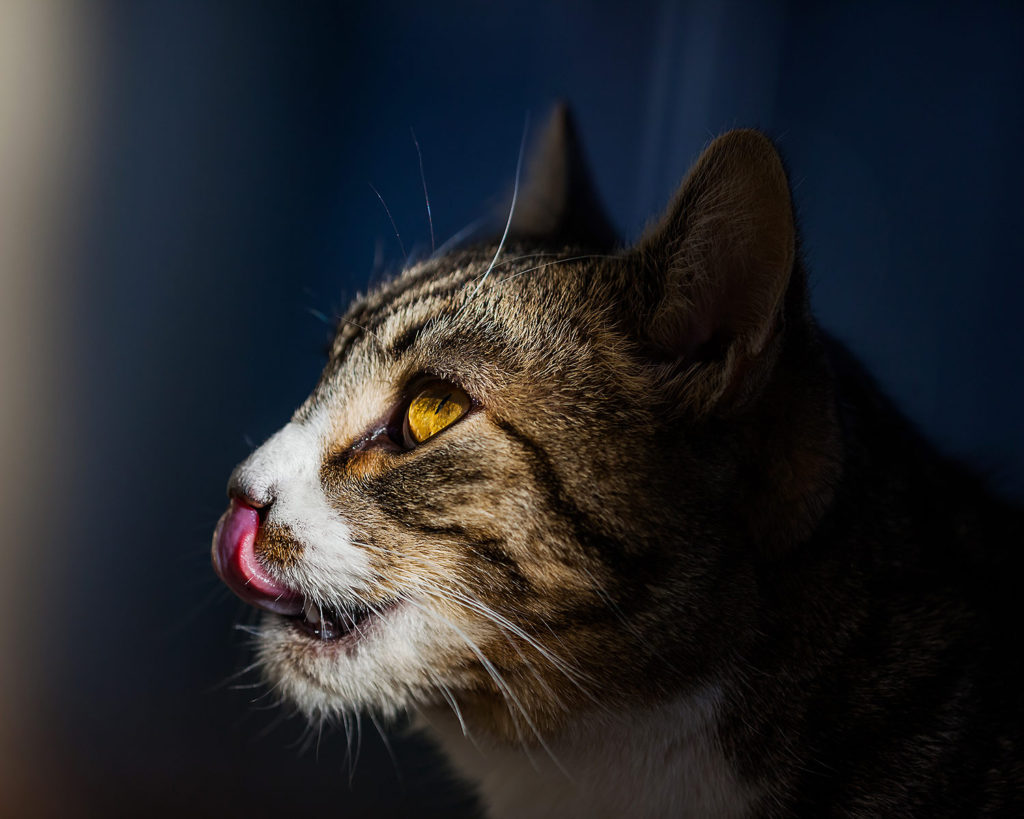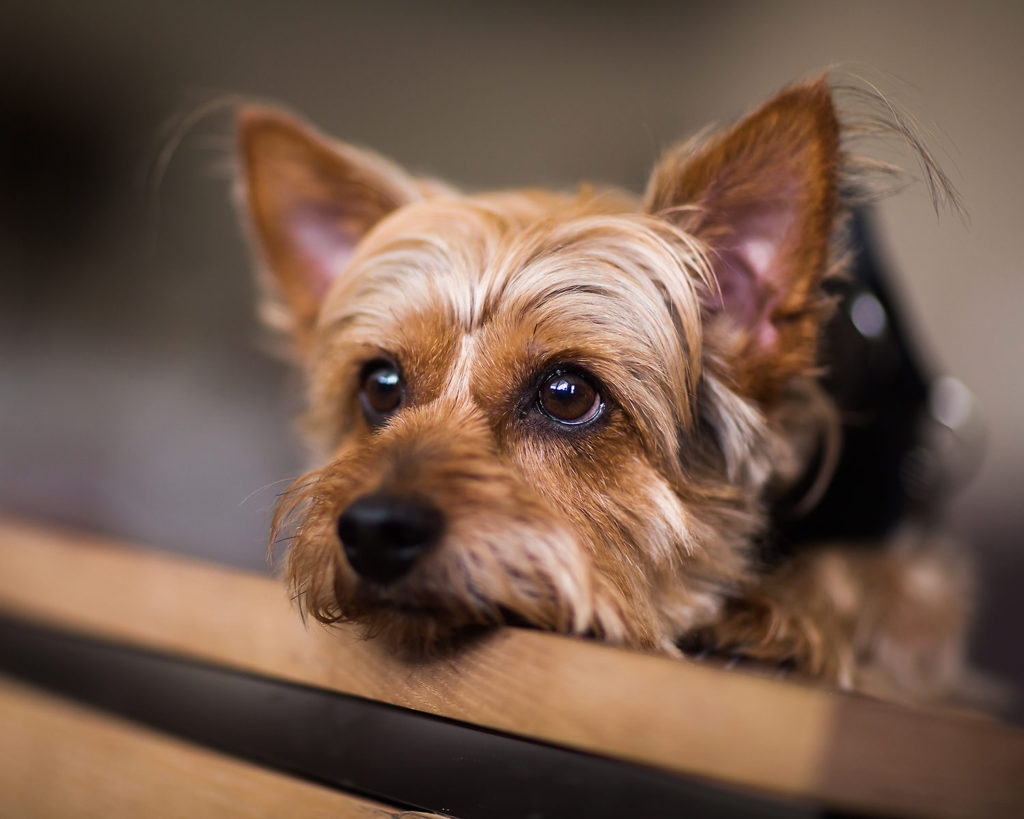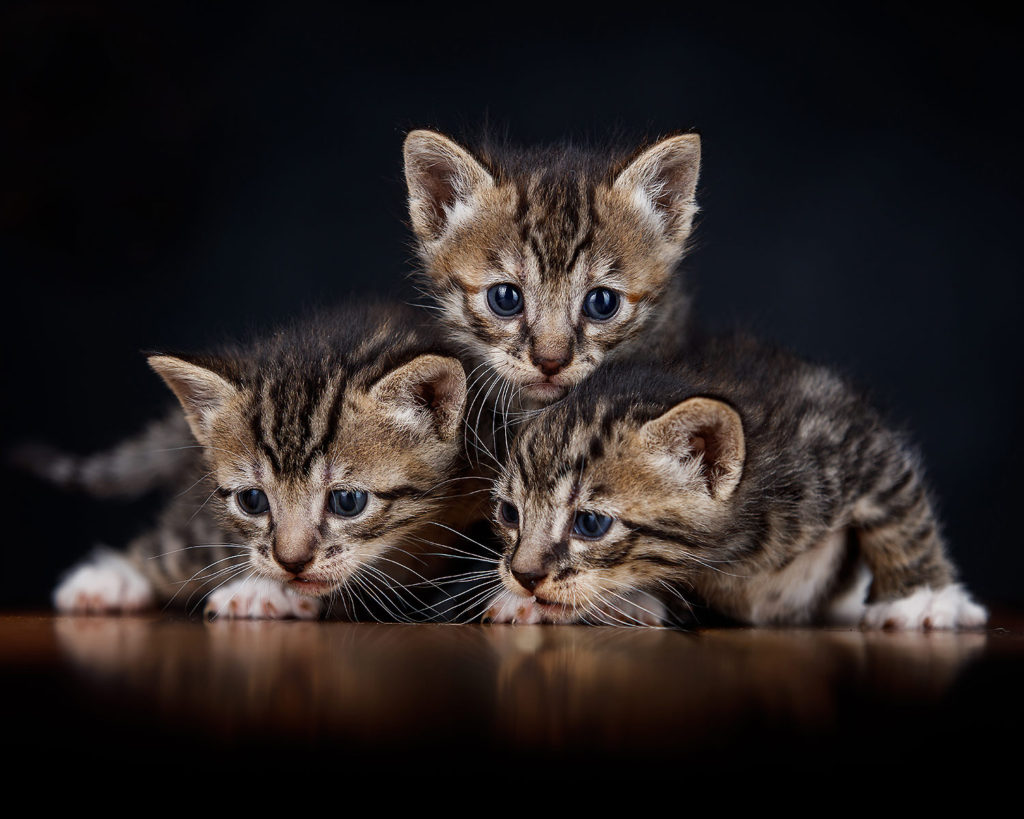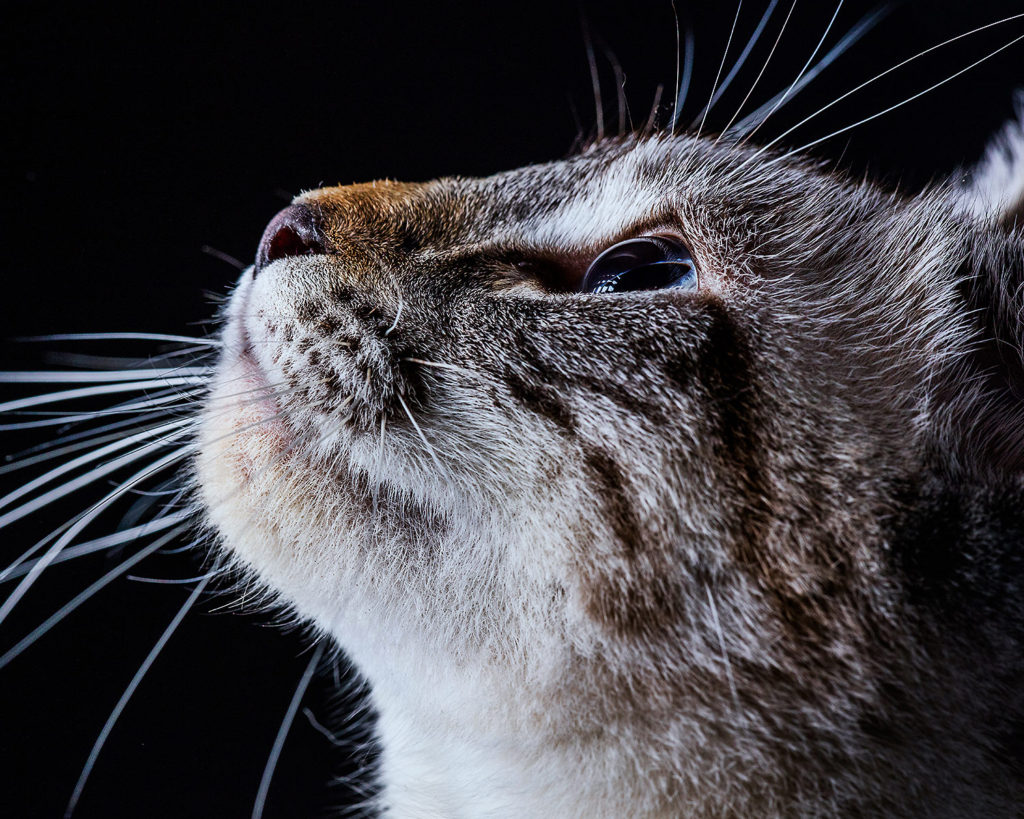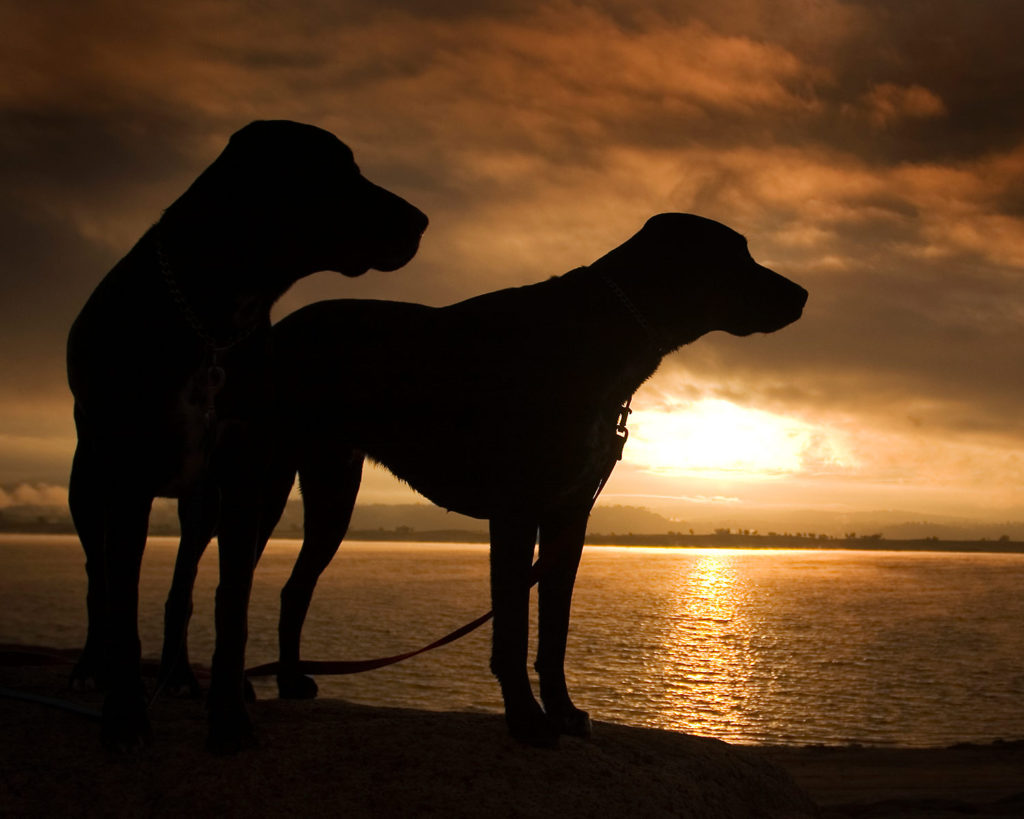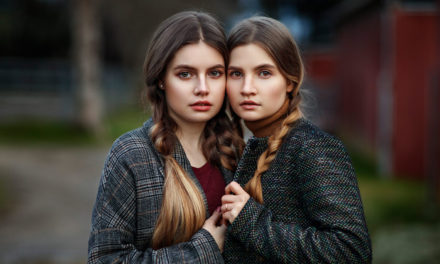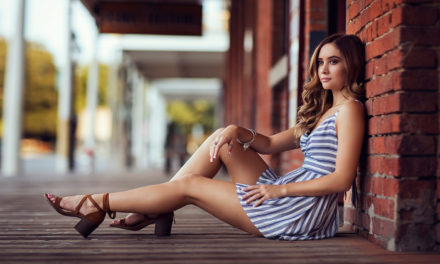Pets are genuinely considered our family members, probably on the same level as children. Many families choose to include pets in their family photo sessions, which makes their images much more personal. However, pet photography is not as easy as one might think.
Photographing pets can be very challenging as they are energetic, wiggly, and impatient. Their energetic behavior makes it hard for them to sit still for the photos. I like the way one photographer outlined it, saying that pet photography is a mix of portrait, sports, and child photography all combined into one. But don’t get overwhelmed, you don’t have to be an expert in each genre to be able to take great pets images.
Let’s discuss some simple tips that will help you take better photos of people’s furry friends during your next pet photoshoot.
This post may include affiliate links. Please read our disclosure policy. [008]
Camera: Canon EOS 5D | Lens: Canon EF70-200mm f/2.8L IS II USM
Natural Light | 1/200sec, f/2.8, ISO 250 | Photo by © Sergey Bidun
1. GET FAMILIAR AND FRIENDLY WITH THE PET
Just like in any other type of photoshoot, the photographer needs to spend time preparing for it by getting to know the subject. The best way to do it is by asking the owner to tell you a bit about their pet. Pets have their personalities just like humans do, and you want to find out their likes and dislikes before the photoshoot. It’s crucial for the photographer to earn the trust of the subject they will be photographing.
Animals are remarkably alert and sensitive to their environment, and you wouldn’t want to scare them with your actions or loud commands. It’s very important that you don’t rush straight into taking pictures, but instead spend some time playing with the dog, pat it, or simply talk to get them more acquainted with you.
Some animals may only require a very short time to get to know you, but others can be less trustworthy of strangers and would require a bit more time and effort. Try to be relaxed and not stressed out, and it will transfer to the animal and make them feel comfortable about getting pictures taken.
I suggest that you arrive at the photoshoot ahead of time, to allow just enough time for the getting acquainted part. Typically, outdoor photo sessions are done during the sunset time, so ask your clients to arrive about twenty minutes early. Doing so will let the dog run around for a bit checking out the area, and you will get enough time to get familiar and friendly with the pet.
Your first goal in pet photography is earning the animal’s trust, and while it does take some time, you will be rewarded with the real character of the pet.
Camera: Canon EOS 5D | Lens: Canon EF 85mm f1.2L II USM
Natural Light | 1/200sec, f/1.6, ISO 500 | Photo by © Sergey Bidun
2. PICK THE RIGHT LOCATION FOR PET PHOTOGRAPHY
Pet pictures will be more meaningful when you can capture their character in a photo. From my experience, the best way to get these results is by photographing in an environment that’s natural to the animal.
As location-picking is a part of photoshoot preparation time, you need to address this aspect ahead of time. I have a few local favorite outdoor locations in Sacramento, California, where I’m sure will be able to get gorgeous pet shots at any time of year. I suggest you make a list of your favorite local places; this will simplify your photoshoot preparation time.
If you are taking photos of your own dog, it will be much easier for you to pick the optimal location. As a dog owner, you will have a great idea of what environment your pet enjoys being in, and what activities it likes doing. But if you are taking pictures for a friend or a client, take the time to find out their preferences. Doing so will significantly impact how they will like their final images.
After you find out the animal’s favorite outdoor activities, and learn their personalities better, you will be more likely to pick the best possible location for the photoshoot.
PICTURES OF DOGS AND CATS IN THE STUDIO
Taking pictures of pets in the studio is not at all uncommon. If the client is looking for high-quality formal dog portraits, a professional studio is an ideal location. To make the photoshoot more “pet-friendly”, it’s better to shoot with natural window light. Flashes and studio lights are likely to scare dogs or cats, and we want to eliminate all of those factors.
I should mention that pictures in the studio are harder to pull off if the dog or cat isn’t really trained. The pet needs to know how to listen to their owner’s commands and be able to stay still. Only then the photographer can capture beautiful and memorable images of the people’s best friend. Another tip is to have snacks on hand, so the dog or cat will be more willing to stay still and take pictures.
If you decide to photograph indoors at home, choose a room that has a good window light. Watch out for clutter in the background and remove anything that may be lying around. Taking pictures at home can be a great way of having relaxed lifestyle photos.
Camera: Canon EOS 5D | Lens: Canon EF17-40mm F/4L USM
Natural Light | 1/80sec, f/5.0, ISO 640 | Photo by © Sergey Bidun
3. BRING TREATS TO THE DOG PHOTOSHOOT
The most challenging part of animal photography is that pets don’t understand posing instructions as compared to people. When working with dogs and cats, don’t forget to bring some sort of motivation or a treat. This will help them to pay attention to you during the shoot.
Having a few treats on hand can speed up the trust gaining process, and usually make the animal a lot more cooperative throughout the shoot.
Learn what they are motivated by, and provide it to them throughout the shoot. Whether it’s their favorite toy, or a yummy treat – anything that will help you to make the animal cooperate during the session. It’s a very simple tip, but it works every time! If photographing not your own pet, always consult the pet owner and have them bring in the motivational items.
A few tasty treats and some favorite toys can go a long way in getting pets to stay put or look in a particular direction. Be creative when it comes to motivating your subjects, and they will reward you with awesome shots and be more cooperative too.
Camera: Canon EOS 5D | Lens: Canon EF180mm f/3.5L Macro USM
Natural Light | 1/2500sec, f/3.5, ISO 500 | Photo by © Sergey Bidun
4. POSING TIPS FOR PET PHOTOGRAPHY
Using yummy treats and pet toys is crucial in getting a nice variety of images of your furry friend. Posing pets is challenging as it is, but there are a few tips. By including treats, favorite toys, and people – such as the dog’s owner, you can significantly increase your chances of getting creative dog pictures.
Edible treats are best for producing still cat and dog portraits or getting them to look in a specific direction. Photographing trained pets is always easier since they are used to listening to commands from their owners. Have the owner nearby, so it’s easy to access them and have them assist you if needed.
As you try to get into more creative action shots – a favorite pet toy will be helpful to use. This is where you get to practice sports photography camera settings. Set your shutter speed anywhere between 1/800 – 1/8000, depending on the light conditions. Shutter speed will be your key setting as you adjust other settings accordingly to compensate for the light.
Have your photo subject run around fetching a frisbee or jumping up trying to reach a treat or a toy. There will be so many opportunities for a creative action shot. Don’t forget to check your camera settings to make sure you are getting high-quality images.
You can get much sharper pet photos when working with a mirrorless camera such as Canon EOS R5. This new camera has a function to track and focus on the eyes of people or pets, which results in fewer missed shots. Learn more about Canon EOS R5 and its features and how you can benefit from it in the dog photoshoot.
Camera: Canon EOS 5D | Lens: Canon EF 100-400mm f/4.5-5.6L
Natural Light | 1/400sec, f/5.0, ISO 1000 | Photo by © Sergey Bidun
5. BEST LIGHT SETTING FOR DOG PICTURES
Light is the main component in any photography genre, and it applies to pictures of pets as well. As a photographer, you must be able to evaluate the surroundings and see where the best lighting and background are.
Natural light is most accessible and the easiest to work with for beginners to pet photography. For outdoor dog pictures, I would suggest the golden hour time, which is a few hours before the sunset time. Never shoot in the midday, as the harsh light will create deep shadows and photos won’t look as pleasing.
If you are shooting at a familiar location, you should know where the best lighting is at which time of day. However, if it’s your first time photographing at a certain location, you should do some preparation. Arrive earlier to the location and scout the area for most interesting backdrops while paying attention to the light source.
You can find all our tips and suggestions for shooting with Natural Light Photography in this detailed guide.
HOW TO PHOTOGRAPH PETS INDOORS WITH NATURAL LIGHT
If photographing indoors, I suggest shooting by a window so you can get smooth ambient light. A large window, such as a slide-door, that’s not directly facing the sun will work best. Avoid areas where the sunlight is hitting right in the window, as that will create an uneven backdrop. Always look for a room that has soft indirect sunlight, as that is best for at-home dog photoshoot.
Many photographers, including myself, prefer to work with window light whenever possible. Natural window light produces a softer light that creates beautiful catchlights in the eyes and is very pleasant in photographs. If you’ve never photographed with pets indoors, try it for yourself. It will be a fun challenge to see what images you can come up with in this setting.
Camera: Canon EOS 5D | Lens: Canon EF 85mm f1.2L II USM
Natural Light | 1/250sec, f/1.2, ISO 500 | Photo by © Sergey Bidun
6. PHOTOGRAPHING PETS FROM THEIR LEVEL
Portrait photography is all about the eyes, and it doesn’t necessarily only applies to people. For a successful pet photography, it’s important to make sure you get the eyes captured sharp. Whenever looking at pictures, the viewer always looks at the eyes first, and you don’t want to have this vital body part out of focus.
One of the essential tips for successful pet photographs is to get down on their level. Do not shoot from the photographer’s eye level. Getting down on the animal’s eye level will create more exciting pet portraits. It will also allow you to capture their personalities more artistically.
If you want to make those big puppy eyes pop, make sure the camera focuses on the eyes. When photographing using a natural light source like a window, you will get the eyes sparkle without risking red-eye. Find out what helps to make the eyes pop in portraits, to improve your photography.
BEST LENSES FOR PET PHOTOGRAPHY
Want to get even more creative animal photos? Try using a wide-angle lens. Utilizing a wide-angle perspective is something not many pet photographers do, but it opens up a world of possibilities for a creative.
Don’t be afraid to experiment with different lenses and perspectives. When you start practicing various angles, you will see tremendous improvement in your pet photography.
One of the best lenses for capturing dog and cat pictures is Canon EF70-200mm f/2.8L IS II USM telephoto lens. This lens allows the photographer to shoot from a distance, which will let the pet be themselves and not distress. We suggest you start the photoshoot with a telephoto lens and then switch to portrait mode lenses. The 70-200mm creates a beautiful bokeh in the portraits and is one of the top recommendations for pictures at sunset.
Taking photos from the animal’s perspective might mean lying on the ground for the perfect angle. Don’t be afraid to lay down or sit on the ground for that perfect shot. It will be all worth it when you’ve got a picture of the pet interacting with the surroundings at their own level.
Camera: Canon EOS 5DS R | Lens: Canon EF 85mm f1.2L II USM
Natural light from left side + Profoto B1 500 AirTTL Strobe light.
f/5.0, 1/160s, ISO 50 | Photo by © Sergey Bidun
7. BE PATIENT DURING THE DOG PHOTOSHOOT
It’s imperative to stay patient with a pet you’re photographing. After all, you want them to cooperate and not run away from you, right? It’s incredibly rewarding when you finally get the shot that you’ve been looking to get from that shoot.
Pets aren’t human, and even though they often do understand basic commands, they can’t guess what we want them to do. When the animal moves the wrong way just as you press the shutter, it can get frustrating for the photographer. At moments like these, don’t get frustrated with them, but show your patience.
Pet photography is very similar to children photography in this sense. It’s challenging to photograph either subject without having to continually guide, pose, and patiently communicate with your subjects. As a photographer, you must be very patient with them and earn their trust.
When you’re preparing for a dog photoshoot, have the animal owner feed them before the shoot, and have them well-rested. If the pet is still too energetic or nervous when first arrives at the shoot, have your assistant or the owner walk the dog to get some energy out.
Don’t rush with picture taking; you want the pet to be physically and mentally ready for the photoshoot. Keep the camera available and watch for the perfect candid moments to be captured.
Always think quality over quantity. It’s much more important to get a dozen well composed and planned out shots than hundreds of okay photos. After all, you are creating memories for this dog owner, and maybe this is the only photoshoot this dog will ever have.
Camera: Canon EOS 5DS R | Lens: Canon EF180mm f/3.5L Macro USM
Natural light from left side + Profoto B1 500 AirTTL Strobe light.
f/11, 1/200s, ISO 640 | Photo by © Sergey Bidun
CONCLUSION
As you may already know, pets can provide a variety of interesting and, at times, unpredicted expressions and poses. To best capture your own beloved pet, or a client’s furry friend, make sure to get a wide variety of images. It’s best to get some still pet portraits as well as catching action shots of the animal at play.
Always remember to bring tasty treats and possibly a toy, which you can use as a reward for good behavior. Never allow the dog to skip meals before the photo session time. Being well fed will let your dog be more relaxed, playful, and will be so much more fun to photograph!
Camera: Canon EOS 5D | Lens: Canon EF17-40mm F/4L USM
Natural Light | 1/2000sec, f/4.5, ISO 100 | Photo by © Sergey Bidun
When you just get into pet photography, animals might seem impossible to pose and photograph in an artistic way. When we borrow some helpful tips from sports and portrait/children photographers – we will start getting striking pet photos full of personality.
Start practicing your skills using different lenses and camera settings while choosing the ideal lighting location. Once you nail it, then capturing pets won’t be a challenge anymore, but fun activity instead!
Leave me some feedback in the comments, and share your own tips that help you during pet photography.
IF YOU FOUND THIS POST HELPFUL AND INFORMATIVE PLEASE SHARE IN YOUR SOCIAL MEDIA.
Photographer: Sergey Bidun
Written by Maria Bidun

